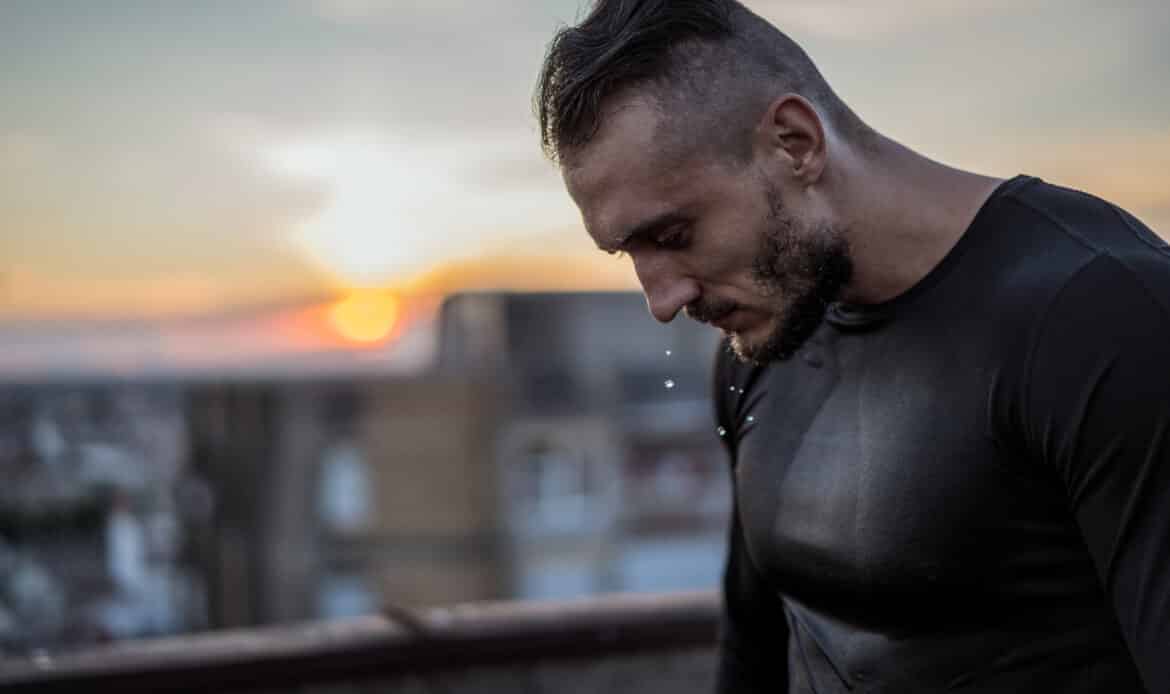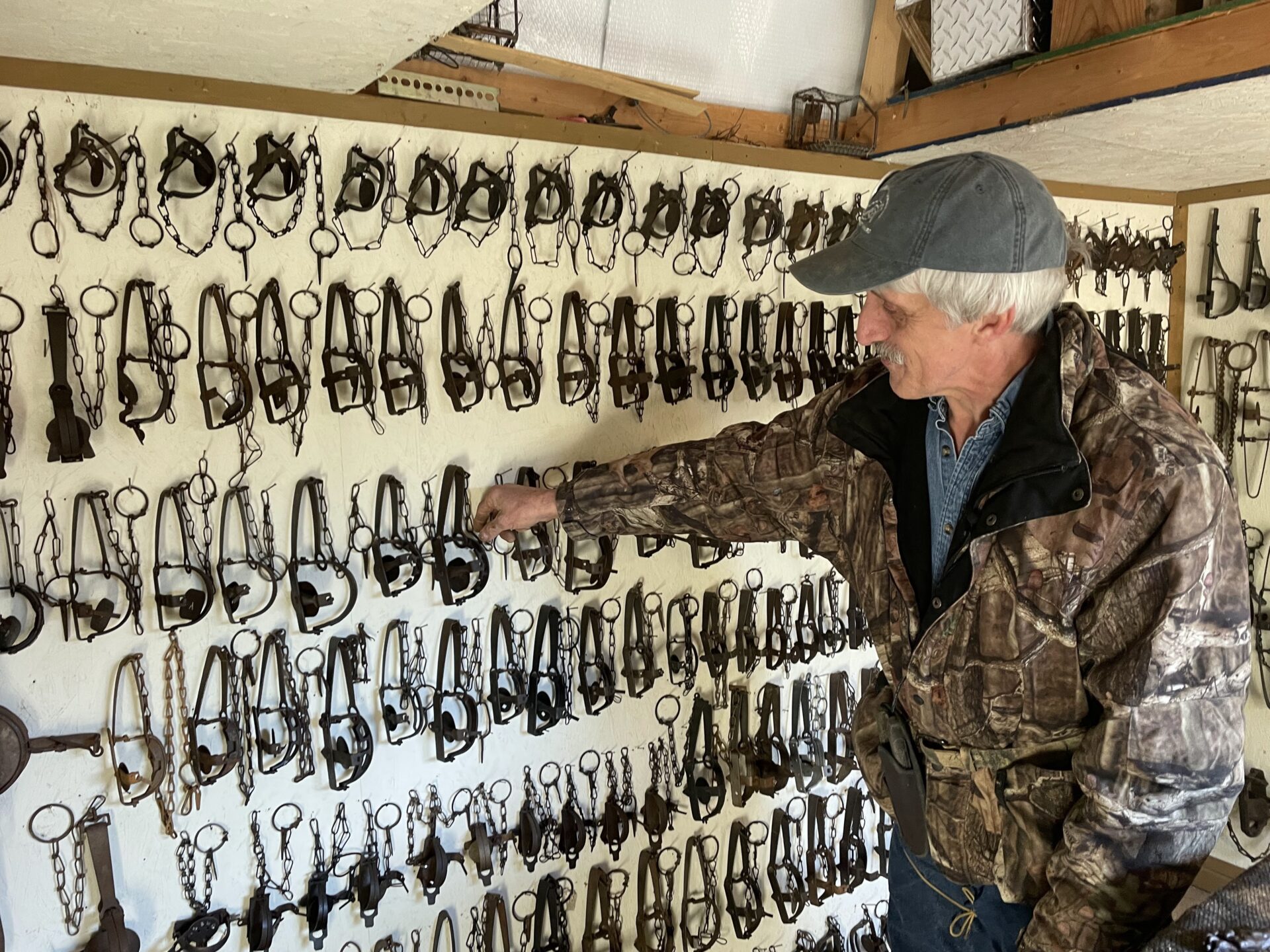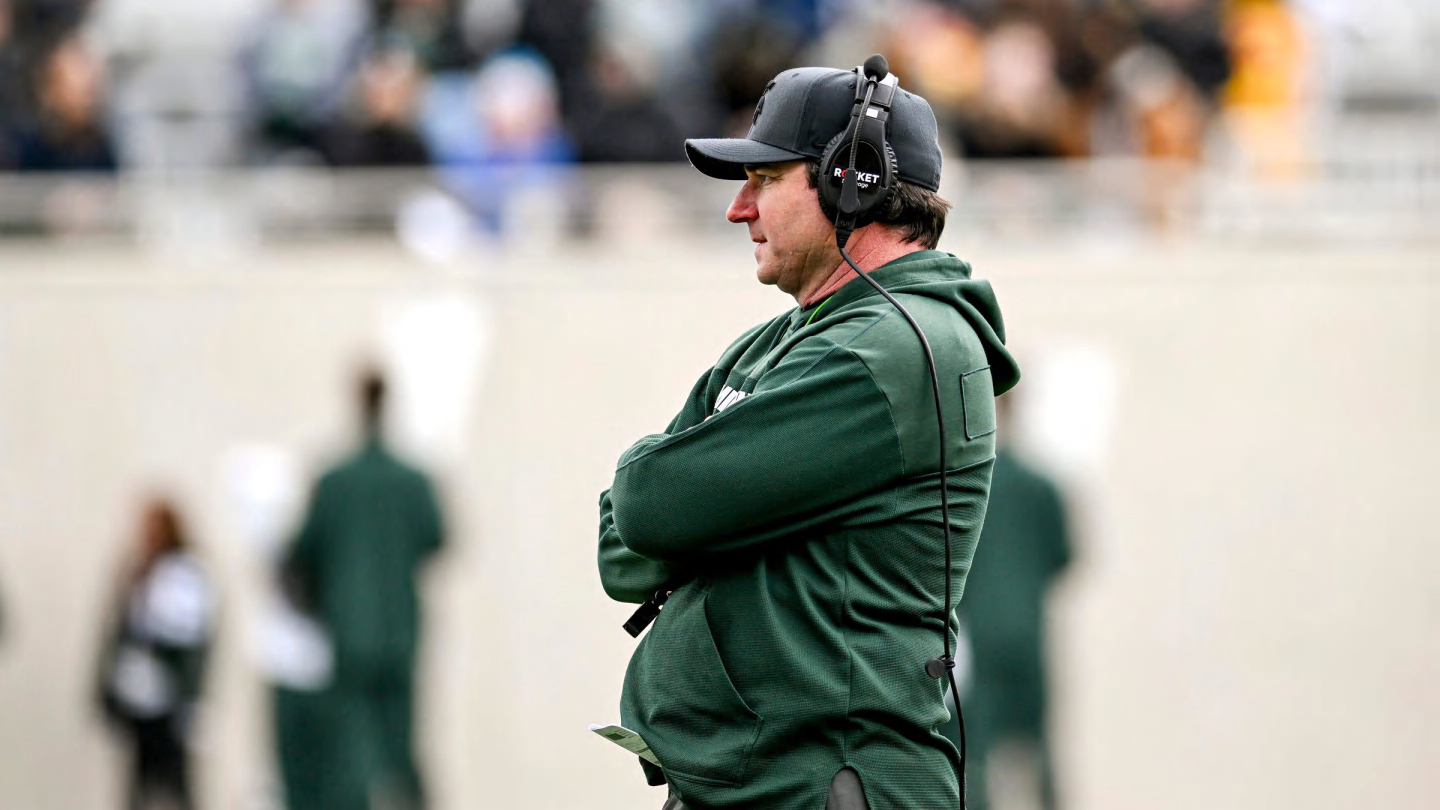Fitness
Exercise: 6 workouts and tips to maintain an active lifestyle in your golden years | – Times of India

Studies show that exercise reduces inflammation and enhances brain plasticity, which are crucial in managing dementia symptoms. For those with Parkinson’s, exercise can improve motor function and reduce symptoms like tremors and stiffness. A well-rounded exercise program that has mental as well as physical exercises, combined with a supportive caregiving environment, can vastly improve the quality of life for individuals dealing with these conditions.
Here are six workouts and tips to help maintain an active lifestyle in your golden years.
1. Engage in aerobic exercises & strength training
Walking, cycling, swimming, and dancing can improve cardiovascular fitness and mood while increasing brain blood flow, helping slow cognitive decline. Using weights, resistance bands, or bodyweight exercises maintains muscle mass, strength, and bone density, supporting daily activities and reducing fall risk.
2. Incorporate physiotherapy
Physiotherapy can significantly enhance stability and coordination, which is crucial for reducing fall risks and improving mobility in elderly. Exercises tailored by a physiotherapist can help maintain functional independence and address specific physical challenges faced by the elderly.
3. Prioritize flexibility
Neha Sinha, Dementia specialist, Co-founder, Epoch Elder Care says, “Regular stretching, yoga, and pilates help improve flexibility and joint health. Keeping muscles and joints supple can significantly reduce the likelihood of injuries. For those with mobility challenges or who use wheelchairs, options like wheelchair yoga can be particularly beneficial in maintaining flexibility.”
4. Engage in mental exercises
We should note that mental exercises are equally important as physical exercises. Engaging in mental exercises such as puzzles, reading, and memory games is crucial for maintaining cognitive health. These activities can help keep the mind sharp, improve memory, and reduce the risk of cognitive decline.
5. Incorporate daily activities
Try to incorporate daily activities like household chores and errands into your routine. These activities are just as important for maintaining physical activity and overall fitness, helping to keep you moving and engaged throughout the day.
6. Personalized routine with safety and support
Develop a personalized exercise routine with the guidance of professionals, tailored to individual needs and abilities. Caregivers play a vital role in ensuring safety and support during exercise sessions. Encourage regular exercise, provide a positive environment, use proper equipment, and adapt activities to individual abilities.
Low blood pressure got you down? Try these 4 home fixes!

Fitness
“Superior for Hypertrophy”: Exercise Scientist Explains How to Go Beyond Failure During Training

The pursuit of hypertrophy often involves pushing boundaries. Dr. Mike Israetel, a renowned exercise scientist, recently shared his insights on legendary bodybuilder Dorian Yates’ beyond-failure training approach. Dr. Israetel’s analysis is part of his series on the Renaissance Periodization YouTube channel, where he critiques the famous workout routines of celebrities and bodybuilders.
When discussing failure in training, it’s essential to differentiate between two types: absolute failure and technical failure. Absolute failure occurs when you cannot complete another repetition, no matter how hard you try. On the other hand, technical failure is when you can’t perform another rep with proper form. While sacrificing form can allow for a few more reps, it’s not always advisable. And the six-time Mr. Olympia Dorian Yates strongly advocated embracing absolute failure in training.
In a video titled “Exercise Scientist Critiques Dorian Yates’ HIGH-INTENSITY Training,” Dr. Israetel explained the nuances of Yates’ method. Those who employ volume training or a blend of intensity and volume typically cease at the technical failure to facilitate more sets. In contrast, the bodybuilding legends, Yates and Mike Mentzer favored absolute failure, aiming to exhaust their muscles within one or two sets thoroughly.
ADVERTISEMENT
Article continues below this ad
Dr. Israetel highlighted an advanced technique to go beyond failure, which Dorian Yates could have benefitted from. He suggested integrating lengthened partials: “Instead of having someone help you lock that full range out when you can no longer lock it out, go as much as you can. When you can barely move at all, then the set is over. Super failure integrated with lengthened partials… those to be superior for hypertrophy.”
ADVERTISEMENT
Article continues below this ad
Dr. Israetel emphasized that these methods are particularly beneficial for those who struggle to train intensely and feel the muscles working. “If you’re small and have trouble really training super hard, you’ve got to go to town on this kind of thing. It’s big,” advised the fitness expert. Moreover, Dr. Mike didn’t just critique; he also offered practical advice. He recommended an alternative to the incline curl that Dorian Yates would often do for his biceps.
Dr. Mike Israetel’s practical tip for gym-goers
While showcasing Yate’s incline curl, Dr. Mike recommended a simple exercise for you to do at home: Take an incline bench and adjust it to make it flat. Lie down on the flat bench and perform curls with dumbbells. Lower the dumbbells until they touch the ground, then lift them back up. “You get even more tension applied at the stretch, which will grow your biceps maybe even a little bit better than the incline curl,” he shared while demonstrating.
ADVERTISEMENT
Article continues below this ad
Furthermore, Dr. Israetel acknowledged Dorian Yates’ legendary status in bodybuilding. After examining Yates’ methods and his unique one-arm-at-a-time approach after failure, he was surprised and kind of liked his approach. According to his routine rating procedure, he gave the English bodybuilder “a legend out of 10.”
Dr. Israetel’s insights offer valuable perspectives for those seeking to push their limits in hypertrophy training. By understanding, the difference between absolute and technical failure and incorporating advanced techniques like lengthened partials, aspiring bodybuilders can optimize their muscle growth. Let us know what you think about his opinion.
Fitness
How to strengthen abs while walking – Times of India

Maintain proper posture: Engage your core muscles by keeping your spine neutral and shoulders relaxed while walking.This not only strengthens your abs but also prevents injury.
Incorporate interval training: Add bursts of high-intensity intervals, such as brisk walking or uphill climbs, to challenge your core muscles and increase calorie burn.
Focus on mind-muscle connection: Concentrate on contracting your abdominal muscles with each step to maximize engagement and effectiveness.
Add resistance: According to Simrat Kathuria, dietitian, founder, the diet xperts, “Carry light hand weights or wear a weighted vest to add resistance and intensify your ab workout while walking.”
Practice belly breathing: Deep diaphragmatic breathing not only enhances oxygen flow but also engages your deep core muscles, including the transverse abdominis.
Include side bends: Incorporate side bends while walking to target the obliques and improve overall core strength and stability.
Try walking lunges: Walking lunges not only work your lower body but also engage your core muscles for balance and stability.
Utilize arm movements: Swing your arms purposefully with each step to engage your core and increase calorie expenditure.
Focus on form: Pay attention to your form and alignment throughout your walking workout to ensure proper muscle engagement and prevent injury.
Stabilize with unilateral movements: Incorporate unilateral movements, such as walking on uneven terrain or incorporating single-leg balance exercises, to challenge your core stability.
Stay hydrated and fueled: Proper hydration and nutrition are essential for supporting your muscles during exercise. Drink plenty of water and consume a balanced diet rich in lean proteins, healthy fats, and complex carbohydrates to fuel your workouts and aid in muscle recovery.
Beat the Heat: Cooling Yoga asanas for summer wellness
Fitness
Summer Exercise Tips: Staying Cool And Fit In Georgia

As the summer heat envelops Georgia, maintaining an active lifestyle becomes both a challenge and an opportunity. Whether you’re in the heart of Atlanta or the coastal beauty of Savannah, staying fit during the warm months is achievable with the right strategies. Here are some practical tips to keep you active and healthy this summer.
Embrace Early Morning or Late Evening Workouts
Scheduling workouts during the cooler parts of the day, such as early mornings or late evenings, can help you avoid the intense midday heat. This not only makes your exercise more comfortable but also safer, reducing the risk of heat-related illnesses.
Stay Hydrated
Hydration is crucial, especially when exercising outdoors in high temperatures. Drink plenty of water throughout the day, and consider sports drinks for prolonged activities to replenish electrolytes. Always carry a water bottle with you and take frequent sips during your workout.
Explore Georgia’s Outdoor Exercise Spots
Georgia offers numerous scenic spots ideal for outdoor activities:
- Piedmont Park, Atlanta: This urban park provides trails for walking, running, and cycling, along with open spaces for yoga and other exercises.
- Stone Mountain Park: Known for its hiking trails and the iconic Stone Mountain climb, it’s perfect for a challenging workout with rewarding views.
- Forsyth Park, Savannah: A historic park with ample space for jogging, group workouts, and peaceful strolls.
- Chattahoochee River National Recreation Area: Great for water-based activities like kayaking and paddleboarding, as well as hiking along the river trails.
Incorporate Water Activities
Water activities such as swimming, paddleboarding, and water aerobics are excellent for staying cool while getting a full-body workout. Local pools, lakes, and beaches provide plenty of opportunities to engage in these refreshing exercises.
Dress Appropriately
Wear lightweight, breathable, and moisture-wicking clothing to help keep your body cool. Light-colored clothing reflects sunlight, and accessories like hats and sunglasses protect you from UV rays. Don’t forget to apply sunscreen to exposed skin to prevent sunburn.
Listen to Your Body
Pay attention to your body’s signals. If you feel dizzy, nauseous, or overly tired, take a break and move to a cooler environment. It’s essential to recognize the signs of heat exhaustion and act promptly.
Mix Up Your Routine
Varying your workouts can keep things interesting and prevent burnout. Alternate between different types of exercises like running, cycling, strength training, and yoga. This not only keeps you engaged but also works different muscle groups.
Join Community Fitness Classes
Many Georgia communities offer outdoor fitness classes during the summer. These can range from yoga in the park to boot camps and Zumba. Participating in these classes provides a structured workout and a sense of community.
Staying active during Georgia’s summer months is all about adapting to the heat and making the most of the season. By following these tips, you can maintain your fitness routine safely and enjoyably. Remember to stay hydrated, listen to your body, and explore the beautiful outdoor exercise spots Georgia has to offer.
Disclosure: This article may contain affiliate links, meaning we could earn a commission if you make a purchase through these links.
-

 News1 week ago
News1 week agoWoman handcuffed in police car hit by freight train reaches $8.5M settlement
-

 Movie Reviews1 week ago
Movie Reviews1 week agoStream It Or Skip It: ‘Under Paris’ on Netflix, a shark-in-the-Seine thriller that delivers the ludicrousness you crave
-

 News1 week ago
News1 week agoIsrael used a U.S.-made bomb in a deadly U.N. school strike in Gaza
-

 World1 week ago
World1 week agoEconomy, migration: Voters' main concerns ahead of elections
-

 Politics1 week ago
Politics1 week agoTrump campaign accelerates vetting of potential running mates
-

 Movie Reviews1 week ago
Movie Reviews1 week agoShort Film Review: Blue and White (2022) by Hiroyuki Nishiyama
-

 World1 week ago
World1 week agoWorld leaders, veterans mark D-Day’s 80th anniversary in France
-

 World1 week ago
World1 week agoFrance to provide Ukraine with its Mirage combat aircraft




















